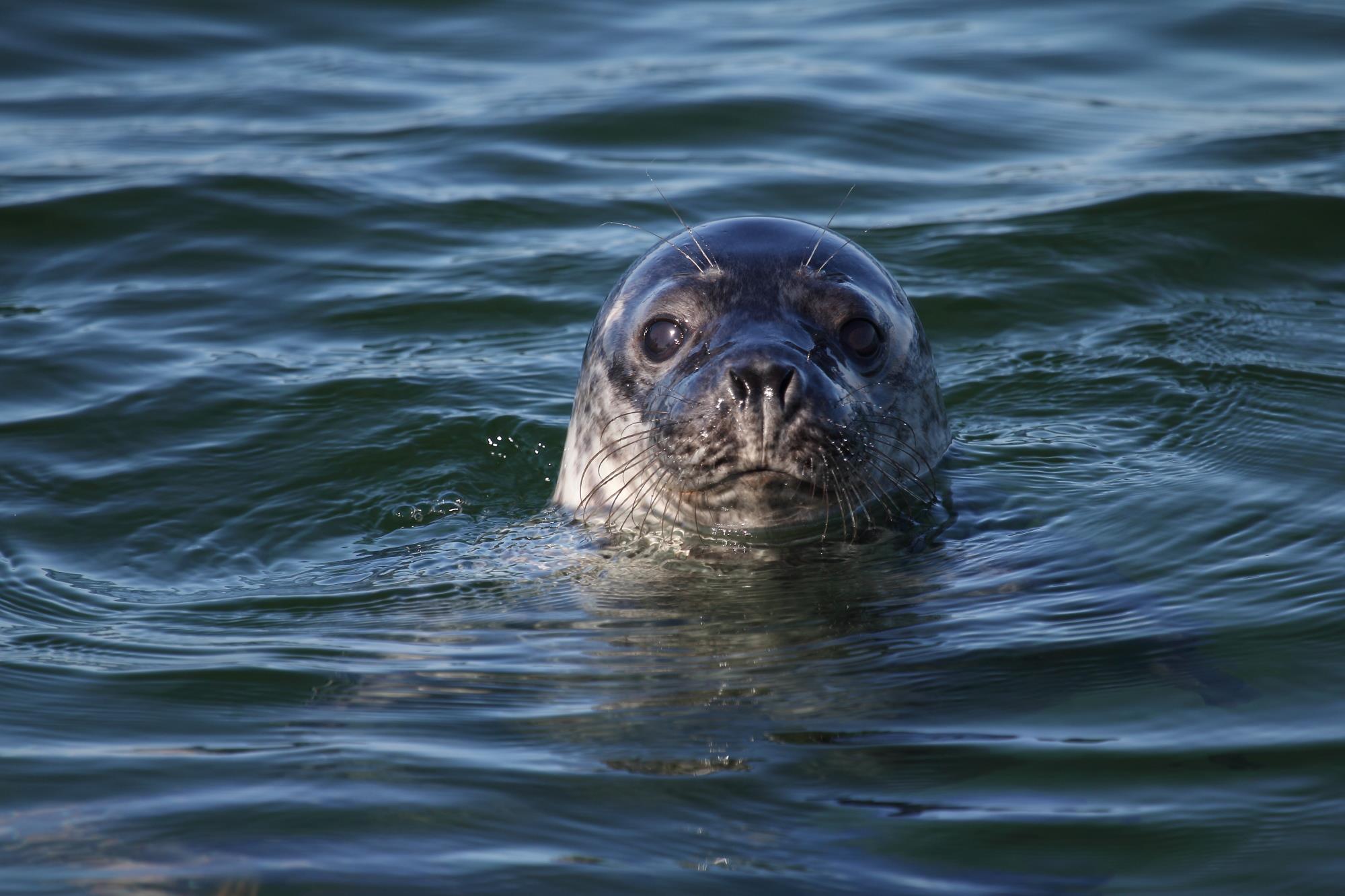The Moorland Clouded Yellow can be seen in Estonian marshes, flower-studded edges of forests and on meadows from early June to mid-July. This butterfly is not rare. Another species from this genus—Pale Clouded Yellow (Colias hyale)—migrates to Estonia and specimens from its two generations can be encountered in June and from late July to early September. In favourable years, some caterpillars may overwinter and establish a steady population for a few years. 2013 was a favourable year for the Pale Clouded Yellow; it could be seen all over southern and south-eastern Estonia, in places with food plants suitable for it to consume. The third and rarest species to have been encountered is Clouded Yellow (Colias croceus). In 2013, 13 specimens were recorded to have been seen in south-eastern Estonia—this is more in number than all the previous sightings put together. The first to report sighting the species was an amateur photographer, who asked help from specialists in identifying the species. The last genus in the Pieridae family—Leptidea—is common in Estonia. Two species in the genus can be easily mixed up and have caused great confusion among the lepidopterologists of Estonia. In order to determine the species more specifically, it is necessary to view the genitalia of a specimen. It was thought for a long time that only one common species—Wood White (Leptidae sinapis)—lives in Estonia. In 2002 it was discovered that there are also specimens of Réal’s Wood White (Leptidae reali). After reviewing collections and a thorough check-up, it was clear that there are as many L.reali as there are of L.sinapsis. The latest research has, however, shown that the species registered as L.reali is, in truth, L.juvernica, a third species. Today, researchers have agreed that all butterflies registered as L.reali should be L.juvernica. Both species start their flight in May or June; the second generation can be encountered in July and the second half of August.
A third large family is Satyridae, which is represented in Estonia with 17 species from 11 genera. The Erebia genus is represented with two species in Estonia. One of them—Arran Brown (Erebia ligea)—is an ordinary species on roadsides and fields near coniferous and deciduous forests from mid-July to late August, provided that it is an odd-year. Another species—Lapland Ringlet (Erebia embla)—is, on the other hand, very rare. It may also be seen in a few places in south-eastern Estonia in June and early July on odd years. The Melanargia genus has been reported only in the form of an extremely rare species—Marbled White (Melanargia galathea). To this day, it has only been encountered twice, in 1943 and 1944. Taking into account the changing climate, it may be encountered in June on warmer embankments and slopes.







